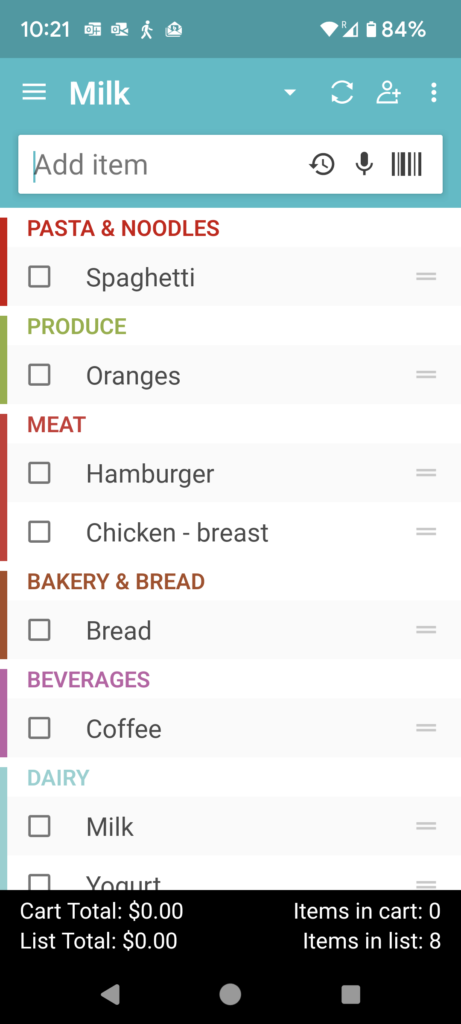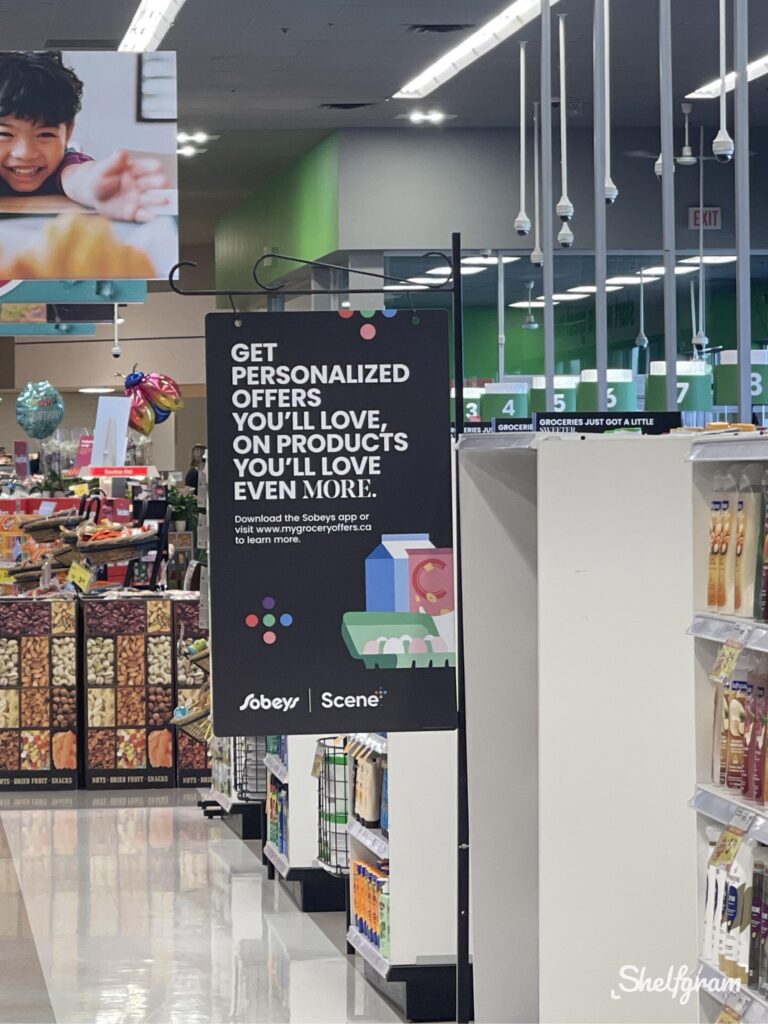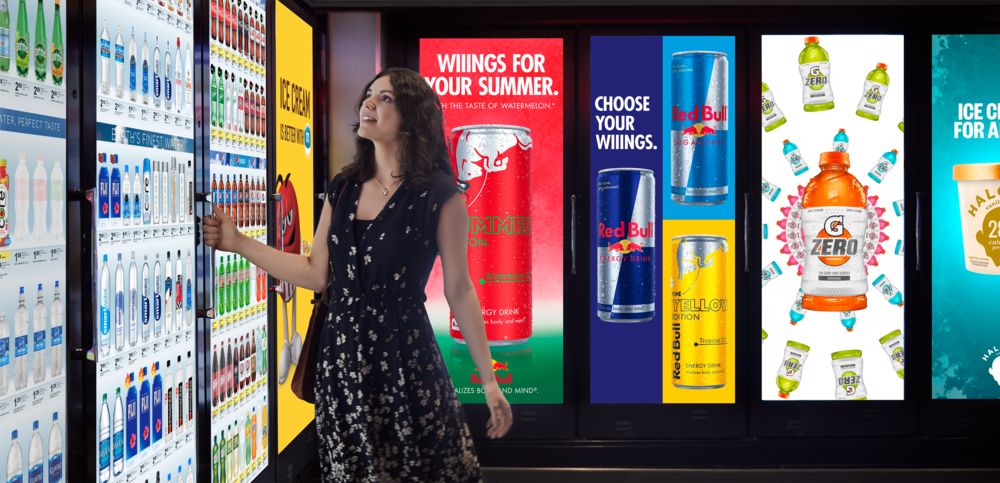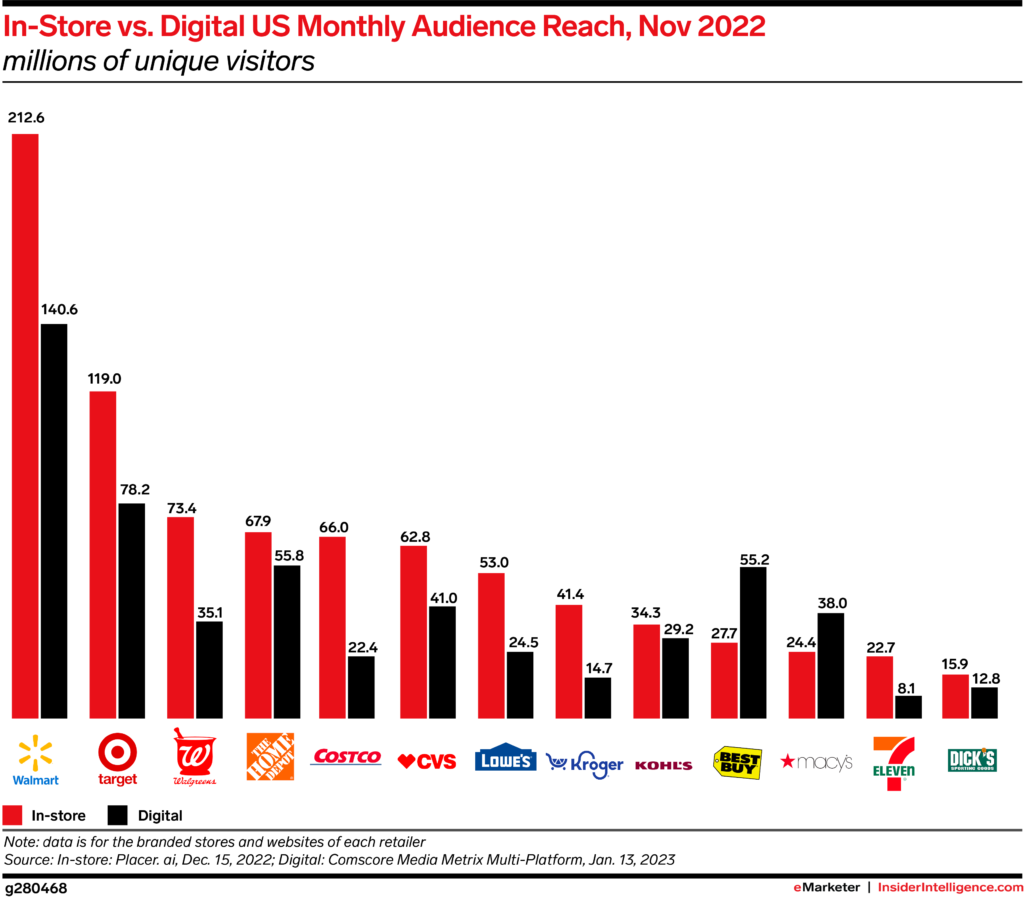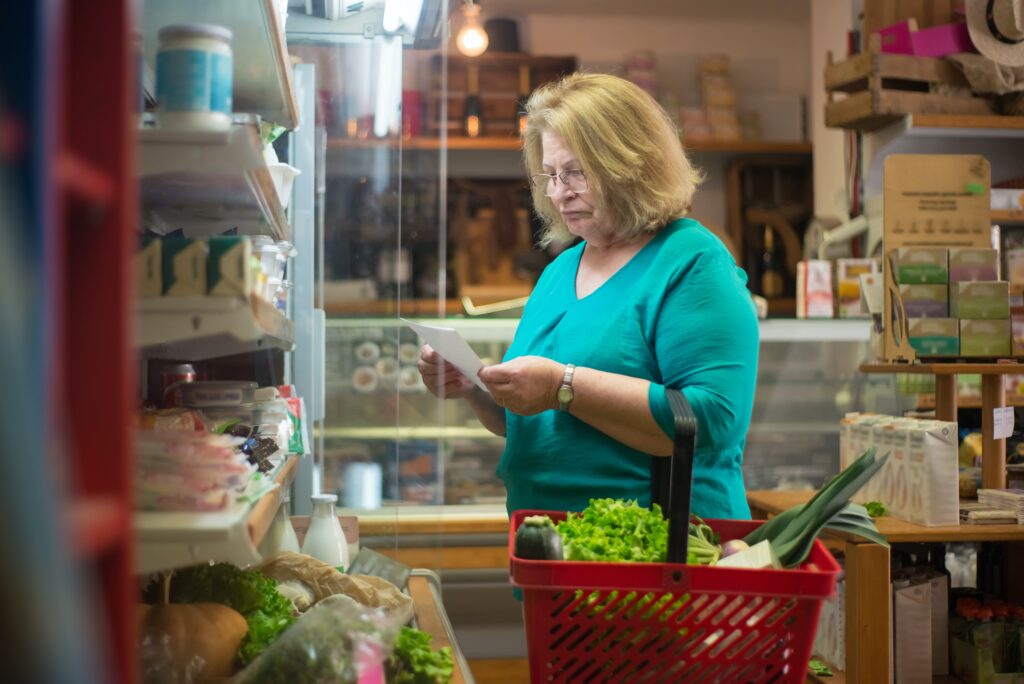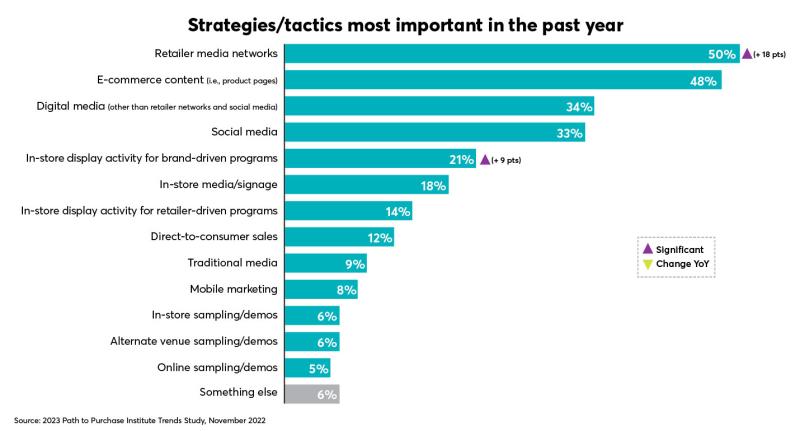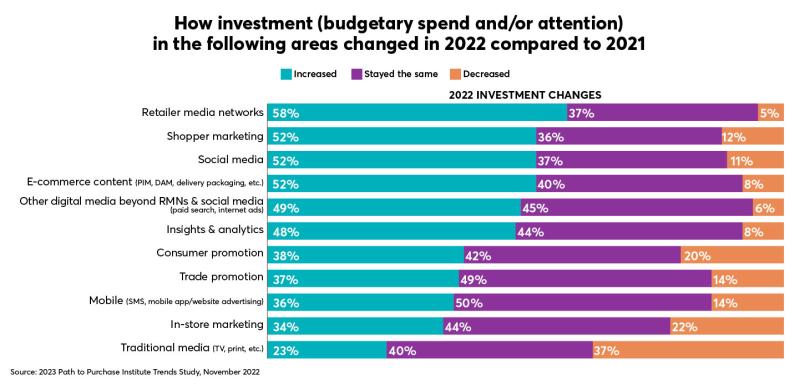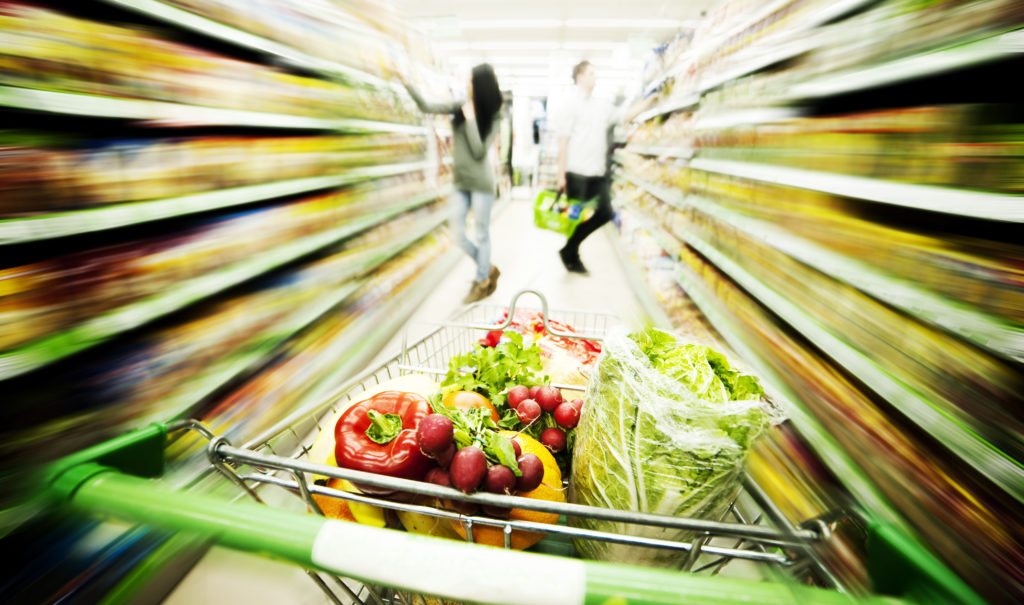Top 10 Benefits of Hiring a Marketing Consultant
Marketing agencies operate in a dynamic and highly competitive environment where staying ahead of the curve is essential for success. In this landscape, marketing consultants serve as invaluable assets, offering expertise, fresh perspectives, and specialized skills. This blog delves into some of the myriad benefits that marketing consultants bring to agencies, spanning from augmenting the agency’s capabilities to enhancing client satisfaction and growth.
Marketing Consultants Can Help Agencies in 10 Ways
1. Diverse Skill Sets for Holistic Solutions: Marketing consultants often possess a wide range of skills and experiences in various marketing domains. These professionals can complement an agency’s internal team by bringing specialized expertise in areas such as strategic planning, digital media, content marketing, sales promotion, branding and more. The diversification of skills allows agencies to offer holistic and integrated marketing solutions to their clients, ensuring that all facets of a marketing campaign are executed with excellence.
2. Fresh Perspectives Ignite Creativity: Marketing consultants bring a valuable outsider’s perspective that can breathe new life into an agency’s creative processes. They are not constrained by the agency’s historical methods or biases, allowing them to see opportunities that might have been overlooked. Consultants can challenge the status quo, encouraging teams to think outside the box and devise innovative strategies. This fresh perspective fosters creativity and can lead to breakthrough ideas that set the agency apart from competitors.
3. Specialized Knowledge Elevates Expertise: Some marketing consultants specialize in niche industries or specific marketing tactics. Marketing agencies can harness this specialized knowledge to better serve clients in particular sectors or target demographics. This specialized knowledge is particularly valuable when agencies seek to expand their client base into new verticals. It enables them to demonstrate a deep understanding of the client’s industry, instilling trust and confidence.

4. Scalability in Response to Client Demands: Client workloads often fluctuate in marketing agencies, with projects of varying sizes and complexities. Marketing consultants provide agencies with a scalable resource pool. Agencies can engage consultants on a project-by-project basis, ensuring that they can meet client demands without the commitment and overhead of hiring full-time employees.
5. Client Satisfaction and Retention: By integrating the expertise of marketing consultants into their services, agencies can significantly enhance the quality and effectiveness of their client relationships. Consultants can contribute fresh ideas and refined strategies that lead to better results, ultimately boosting client satisfaction. Satisfied clients are more likely to continue their partnerships with agencies, leading to increased client retention rates.
6. Cost Efficiency: Hiring full-time employees with specialized skills can be expensive for agencies, especially when those skills are not needed continuously. Marketing consultants offer a cost-effective alternative. Agencies can access specialized expertise without incurring the overhead expenses associated with permanent staff. This cost efficiency extends beyond salary considerations. It also includes savings related to benefits, training, and equipment allowing agencies to reallocate their budgets more strategically and maximize ROI.
7. Training and Development of Internal Teams: Marketing consultants can play a role in training and developing the agency’s internal team. They can share their knowledge, provide mentorship, and facilitate workshops or training sessions to enhance the skills of in-house staff. This knowledge transfer ensures that agency teams stay updated on the latest marketing trends, technologies, and best practices. It promotes a culture of continuous learning and improvement within the agency, enabling it to remain competitive and adaptive.
8. Adaptability to Market Changes: The marketing landscape is characterized by rapid changes, driven by evolving consumer preferences, technological advancements, and shifting market dynamics. Marketing consultants are often at the forefront of industry developments, and they are skilled at helping agencies adapt to changes and emerging trends swiftly. Whether it’s adopting new digital tools, pivoting strategies in response to market shifts, or capitalizing on emerging opportunities, marketing consultants provide agencies with the knowledge and guidance needed to stay current and competitive.
9. Deliver Faster Results: Marketing consultants possess a wealth of hands-on experience and streamlined decision-making processes allowing them to swiftly identify effective strategies, mitigate common pitfalls, and optimize campaigns, ultimately accelerating results.
10. Flexible Resource Allocation: Marketing consultants offer clients flexibility of being hired on a project basis or to provide on-going support allowing agencies to access specialized expertise when needed, optimizing costs while tailoring the consultant’s role to align with evolving agency goals.
Bottomline, marketing consultants are indispensable assets for marketing agencies seeking to excel in a fiercely competitive and ever-evolving industry. Their diverse skill sets, fresh perspectives, specialized knowledge, and adaptability provide agencies with a multifaceted toolkit to thrive in a dynamic market. Whether agencies require support in specific projects, seek to enhance client satisfaction, or aim to expand their services into niche industries, marketing consultants offer a wealth of benefits that contribute to agency growth and success.
To check out my service offering visit my profile here.
Top 10 Benefits of Hiring a Marketing Consultant Read More »
